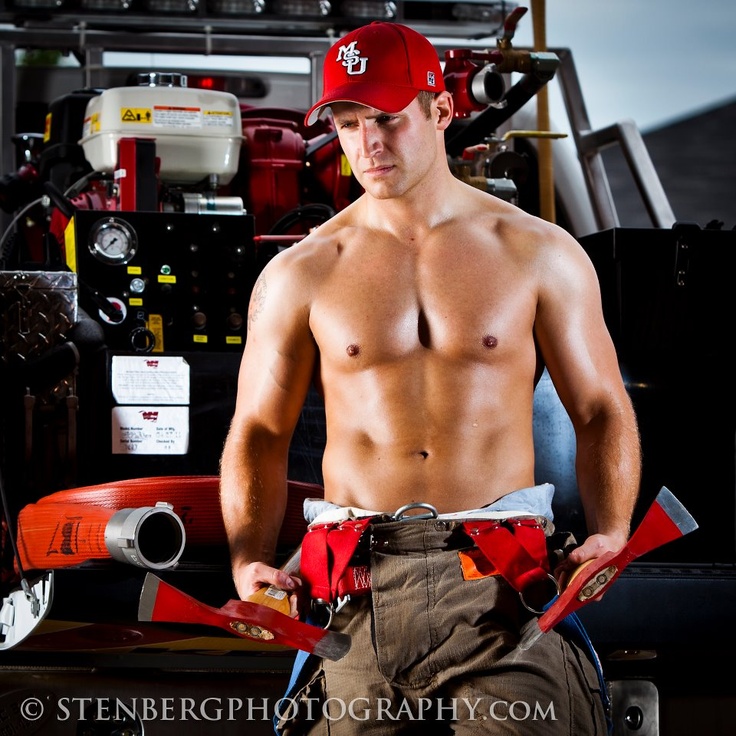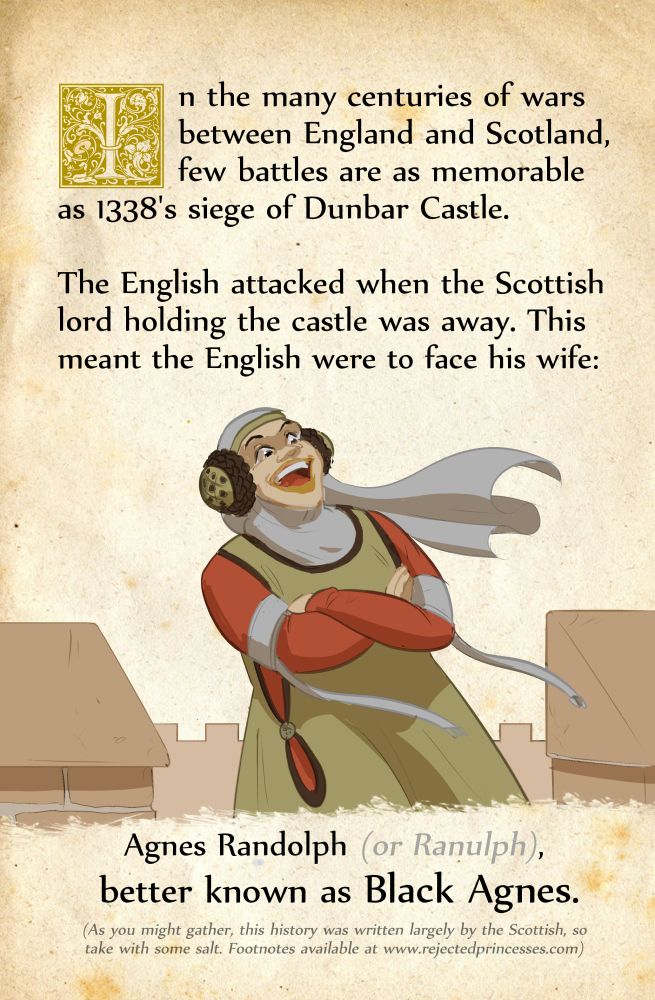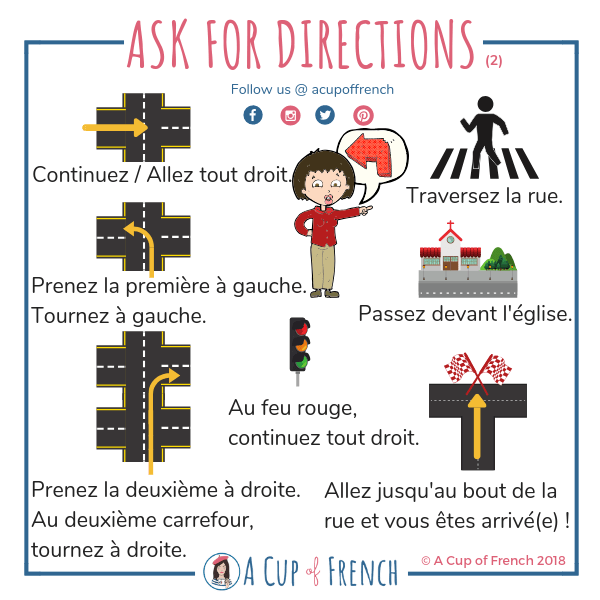All about firefighters
Firefighter Facts for Kids
Firefighters
Firefighters or firemen are people whose job is to put out fires and rescue people. In a city, the building they work in is called a fire station, or fire hall. Firefighters work for the fire department.
There are firefighters in cities and towns who fight fires in houses and other buildings. These are called structural firefighters. There are also firefighters who fight wildfires away from towns.
In some places, they are also taught first aid and given medical training so they can help people in other ways. A paramedic or an emergency medical technician (EMT) are names for people who have first aid training and usually work on ambulances. Paramedics and EMTs in many places work for fire departments. Some work for other agencies such as ambulance companies or hospitals to ride on ambulances to transport sick and injured people. Fire engines sometimes go to medical emergencies if they are closer and can give first aid before the ambulance gets there.
A fire truck usually carries the same equipment as an ambulance does. Search and rescue is also done by many fire departments.
Firefighters have vehicles they drive fires and rescue operations. If the vehicle pumps water it is called an engine. If it does not pump water it is called a truck. A rescue truck's main job is to responds to car wrecks, collapsed buildings, search and rescue, stuck elevators and other emergencies. If it carries the fire chief to fires, it is a fire chief car. Fire engines pump water and foam which is used to put out the fire. Fire trucks carry ladders and tools to help rescue people from burning buildings. Most engines carry first aid kits to help people who are injured or hurt.
Firefighters must wear heavy clothing which protects them from the heat when they are fighting a fire. This is called bunker gear or turnout gear.
Contents
- Goals of firefighting
- Firefighting
- Fire prevention
- Rescue
- HAZMAT
- Images for kids
Goals of firefighting
Firefighters and fire apparatus at the scene of a factory fire in Grand Rapids, Michigan.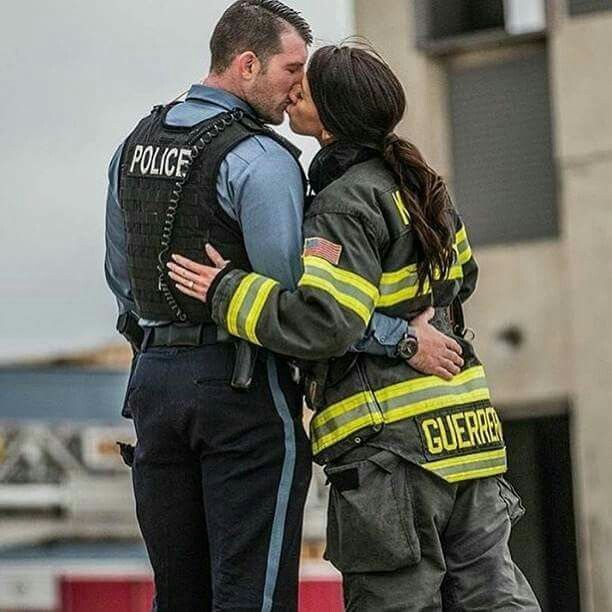
The goals of firefighting are (in order of priority):
- Save life
- Save property
- Save the environment
As such, the skills required for safe operations are regularly practiced during training evaluations throughout a firefighter's career. In the United States, the preeminent fire training and standards organization is the National Fire Protection Association (NFPA). Often initial firefighting skills are taught during a local, regional, or state approved fire academy. Depending on the requirements of a department, additional skills and certifications such as technical rescue and pre-hospital medicine may also be taught at this time.
Firefighters work closely with other emergency response agencies, most particularly the police and emergency medical service, and their role may overlap with both. Fire investigators or fire marshals usually work for a fire department to investigate the cause of a fire. If the fire was caused by arson or negligence, this means that their work will overlap with law enforcement.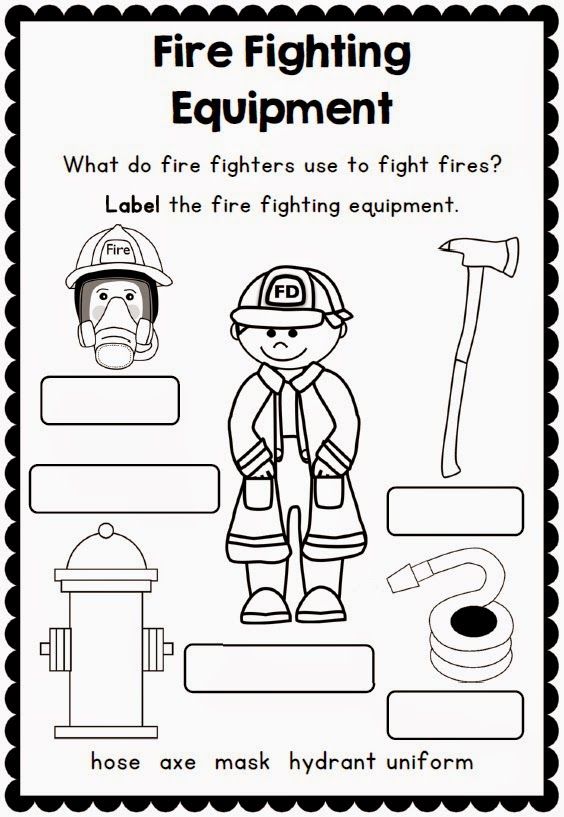 In fact, some fire marshals in the United States have powers of arrest. Firefighters also frequently provide some degree of emergency medical service, in addition to working with full-time paramedics.
In fact, some fire marshals in the United States have powers of arrest. Firefighters also frequently provide some degree of emergency medical service, in addition to working with full-time paramedics.
The basic tasks of firefighters include: firefighting, fire prevention, rescue, basic first aid and investigations. Firefighting is further broken down into skills which include size-up, extinguishing, ventilation, salvage and overhaul. Wildland firefighting includes size-up, containment, extinguishment, and mop up. Search and Rescue, which has already been mentioned, is performed early in any fire scenario and many times is in unison with extinguishing and ventilation.
Firefighting
Firefighters had to focus their efforts on saving the adjacent church instead of this burning building, an abandoned convent in Massueville, Quebec, Canada
Firefighter carrying out a ladder slide
A fire burns due to the presence of three elements, often referred to as being the fire triangle.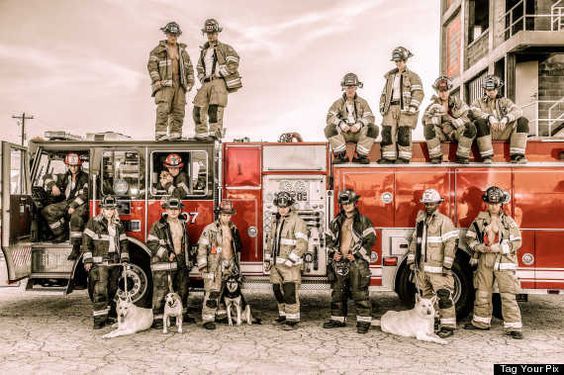 These are: fuel, oxygen and heat. The aim of firefighting is to deprive the fire of at least one of these elements. Sometimes this is referred to as a fire tetrahedron if a fourth element is added: a chemical chain reaction that can sustain or re-kindle a fire. Firefighters are equipped with a wide variety of equipment to accomplish this task. Some of their tools include ladder trucks, pumper trucks, tanker trucks, fire hose, and fire extinguishers. Very frequent training and refresher training is required.
These are: fuel, oxygen and heat. The aim of firefighting is to deprive the fire of at least one of these elements. Sometimes this is referred to as a fire tetrahedron if a fourth element is added: a chemical chain reaction that can sustain or re-kindle a fire. Firefighters are equipped with a wide variety of equipment to accomplish this task. Some of their tools include ladder trucks, pumper trucks, tanker trucks, fire hose, and fire extinguishers. Very frequent training and refresher training is required.
While sometimes fires can be limited to small areas of a structure, wider collateral damage due to smoke, water, and burning embers is common. Utility shutoff (such as gas and electricity) is typically an early priority of arriving fire crews. Furthermore, fire prevention can take on a special meaning for property where hazardous materials are being used or stored.
Structure fires may be attacked, generally, either by "interior" or "exterior" resources, or both. Interior crews, using the "two in, two out" rule, may advance hose lines inside the building, find the fire and cool it with water.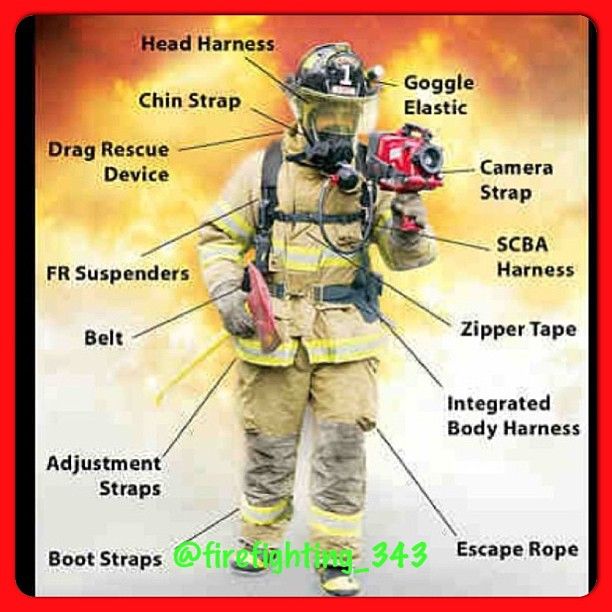 Exterior crews may direct water into windows or other openings, or against other nearby fuels exposed to the initial fire. Hose streams directed into the interior through exterior wall aperturtes may conflict with and jeopardize interior fire attack crews. A proper command structure will plan and coordinate the various teams and equipment to safely execute each tactic.
Exterior crews may direct water into windows or other openings, or against other nearby fuels exposed to the initial fire. Hose streams directed into the interior through exterior wall aperturtes may conflict with and jeopardize interior fire attack crews. A proper command structure will plan and coordinate the various teams and equipment to safely execute each tactic.
Buildings that are made of flammable materials such as wood are different from so called "fire-resistant" buildings such as concrete high-rises. Generally, a "fire-resistant" building is designed to limit fire to a small area or floor. Other floors can be safe simply by preventing smoke inhalation and damage. All buildings suspected of being on fire must be evacuated, regardless of fire rating.
Some fire fighting tactics may appear to be destructive, but often serve specific needs. For example, during "ventilation" firefighters are often forced to open holes in the roof or floors of a structure (called "vertical ventilation") or open windows or walls (called "horizontal ventilation") to remove smoke and heated gases from the interior of the structure.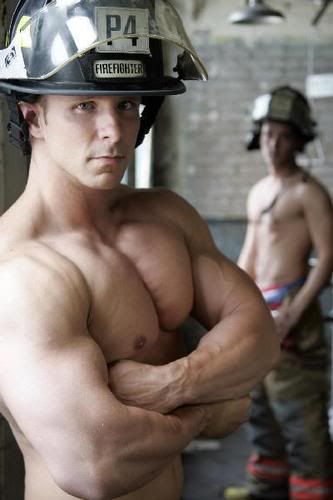 Such ventilation methods are also used to improve interior visibility facilitating locating victims more quickly. This also helps to preserve the life of trapped or unconscious individuals as it vents the poisonous gases from inside of the structure. Vertical ventilation is absolutely vital to firefighter safety in the event of a flashover or backdraft scenario. Releasing the flammable gasses through the roof often eliminates the possibility of a backdraft and by the removal of heat the possibility of a flashover is reduced significantly. Flashovers, due to their intense heat (900–1200° Fahrenheit) and explosive temperaments are almost always fatal to firefighter personnel. Precautionary methods, such as smashing a window, often reveal backdraft situations before the firefighter enters the structure and is met with the circumstance head-on. Firefighter safety is the number one priority.
Such ventilation methods are also used to improve interior visibility facilitating locating victims more quickly. This also helps to preserve the life of trapped or unconscious individuals as it vents the poisonous gases from inside of the structure. Vertical ventilation is absolutely vital to firefighter safety in the event of a flashover or backdraft scenario. Releasing the flammable gasses through the roof often eliminates the possibility of a backdraft and by the removal of heat the possibility of a flashover is reduced significantly. Flashovers, due to their intense heat (900–1200° Fahrenheit) and explosive temperaments are almost always fatal to firefighter personnel. Precautionary methods, such as smashing a window, often reveal backdraft situations before the firefighter enters the structure and is met with the circumstance head-on. Firefighter safety is the number one priority.
Whenever possible, movable property is moved into the middle of a room and covered with a heavy cloth tarp (a "salvage cover").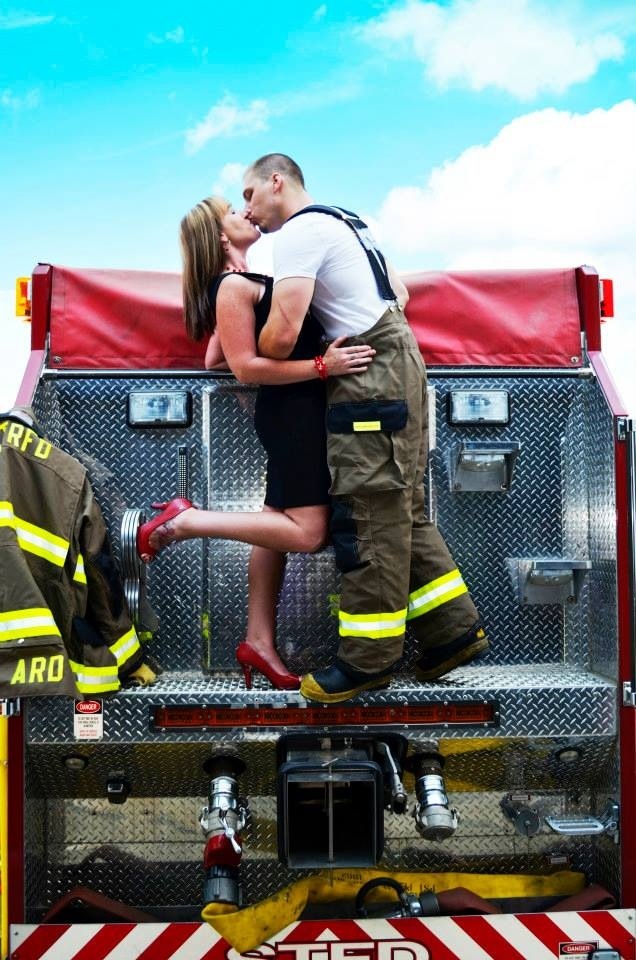 Other steps may be taken to divert or remove fire flow runoff (thus salvaging property by avoiding unnecessary damage), retrieving/protecting valuables found during suppression or overhaul, and boarding windows, roofs.
Other steps may be taken to divert or remove fire flow runoff (thus salvaging property by avoiding unnecessary damage), retrieving/protecting valuables found during suppression or overhaul, and boarding windows, roofs.
Fire prevention
Firefighters frequently give fire prevention talks at schools and community events
Fire departments frequently provide advice to the public on how to prevent fires. Many will directly inspect buildings to ensure they are up to the current building fire codes, which are enforced so that a building can sufficiently resist fire spread, potential hazards are located, and to ensure that occupants can be safely evacuated, commensurate with the risks involved.
Fire suppression systems have a proven record for controlling and extinguishing unwanted fires. Many fire officials recommend that every building, including residences, have fire sprinkler systems. Correctly working sprinklers in a residence greatly reduce the risk of death from a fire.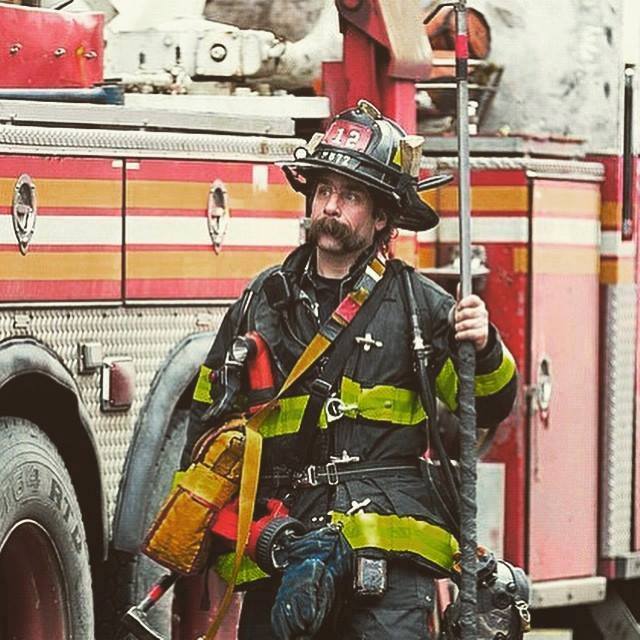 With the small rooms typical of a residence, one or two sprinklers can cover most rooms.
With the small rooms typical of a residence, one or two sprinklers can cover most rooms.
Other methods of fire prevention are by directing efforts to reduce known hazardous conditions or by preventing dangerous acts before tragedy strikes. This is normally accomplished in many innovative ways such as conducting presentations, distributing safety brochures, providing news articles, writing public safety announcements (PSA) or establishing meaningful displays in well-visited areas. Ensuring that each household has working smoke alarms, is educated in the proper techniques of fire safety, has an evacuation route and rendezvous point is of top priority in public education for most fire prevention teams in almost all fire department localities.
Rescue
The emergencies firefighters respond to are rarely limited to fires. Firefighters rescue people (and animals) from dangerous situations such as transport accidents, structural collapses, floods, terrorist incidents, spillages of dangerous substances and many others.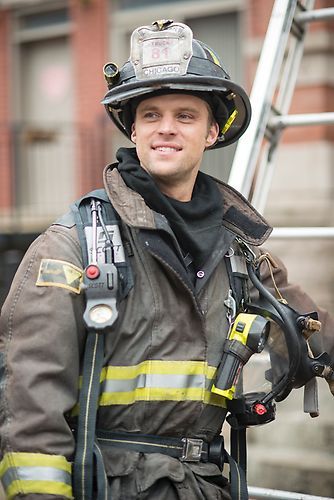 Many fire departments, including most in the United Kingdom, refer to themselves as a fire and rescue service for this reason. As building fires have been in decline for many years in developed countries such as the United States, rescues other than fires make up an increasing proportion of their firefighters' work.
Many fire departments, including most in the United Kingdom, refer to themselves as a fire and rescue service for this reason. As building fires have been in decline for many years in developed countries such as the United States, rescues other than fires make up an increasing proportion of their firefighters' work.
HAZMAT
Decontamination after a chemical spill
Firefighters in the United States are frequently the first responders to HAZMAT incidents. The Occupational Safety and Health Administration standard 1910.120 defines four standards of training First responder awareness level, First responder operations level, Hazardous materials technician, and Hazardous materials specialist. EMS-based paramedics are typically trained to the awareness level, whereas career and volunteer firefighters are often trained to the operations level or better. Other nations have trained only elite firefighters and rescuers to do HAZMAT so that funding and equipment could go to fewer stations.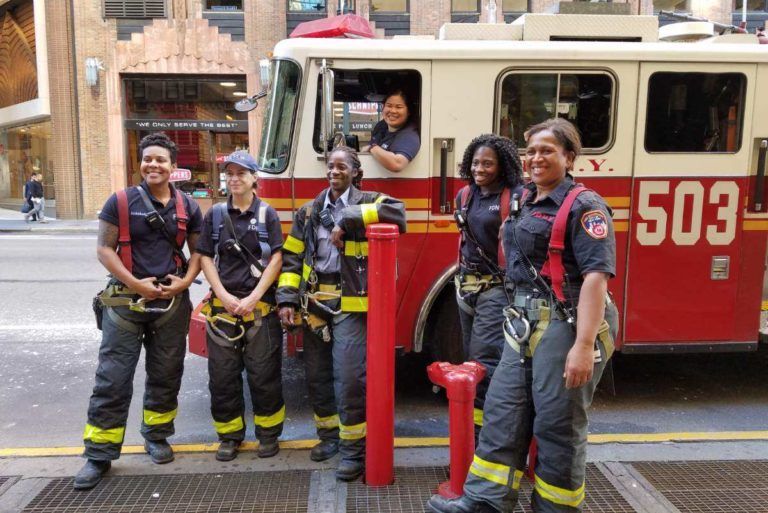 This gives departments elite HAZMAT personnel and high-grade equipment for an incident. Departments place these companies in stations where they can be very mobile.
This gives departments elite HAZMAT personnel and high-grade equipment for an incident. Departments place these companies in stations where they can be very mobile.
Images for kids
-
Firefighters had to focus their efforts on saving the adjacent church instead of this burning building, an abandoned convent in Massueville, Quebec, Canada
-
A demonstration of a vehicle extrication.
-
The Paris Fire Brigade is a French Army unit which serves as the fire service for Paris and certain sites of national strategic importance.
-
Firefighters tackling a blaze in Montreal, Canada
-
Indonesian fire fighters handling a traffic accident in Jakarta
-
New South Wales Fire Brigade station officer (red helmet) and firefighters (yellow helmets), Australia
-
A picture of American firefighters in the 1770s
-
Vancouver firemen responding to a fire alarm, Vancouver, British Columbia, Canada.
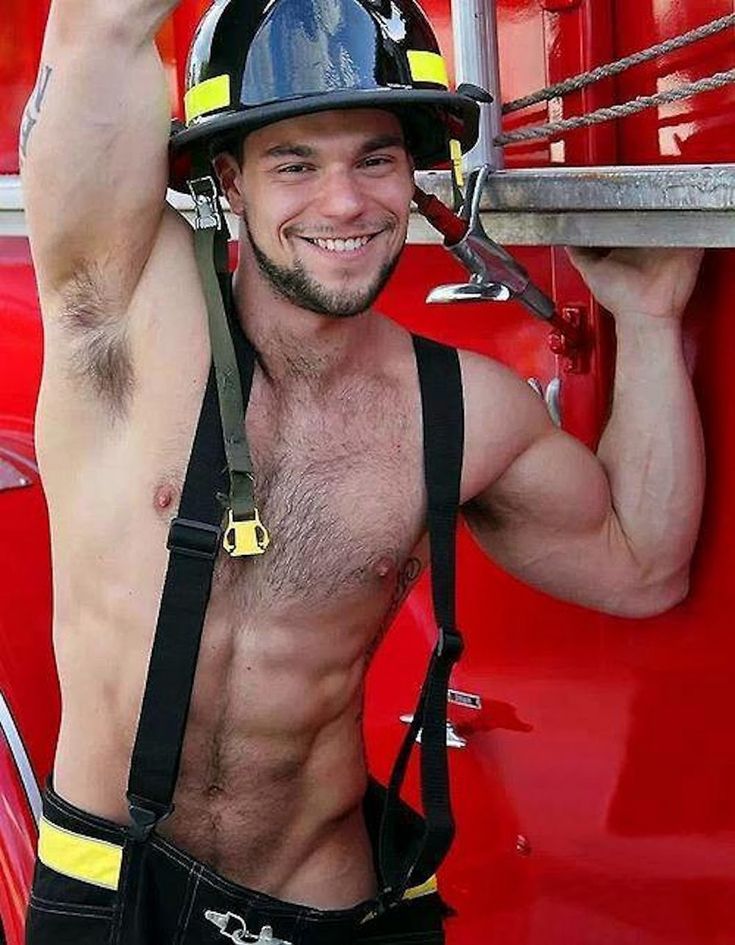 Photograph taken by W.J. Carpenter in 1910.
Photograph taken by W.J. Carpenter in 1910.
All content from Kiddle encyclopedia articles (including the article images and facts) can be freely used under Attribution-ShareAlike license, unless stated otherwise. Cite this article:
Firefighter Facts for Kids. Kiddle Encyclopedia.
Firefighter Facts for Kids
Firefighters
Firefighters or firemen are people whose job is to put out fires and rescue people. In a city, the building they work in is called a fire station, or fire hall. Firefighters work for the fire department.
There are firefighters in cities and towns who fight fires in houses and other buildings. These are called structural firefighters. There are also firefighters who fight wildfires away from towns.
In some places, they are also taught first aid and given medical training so they can help people in other ways.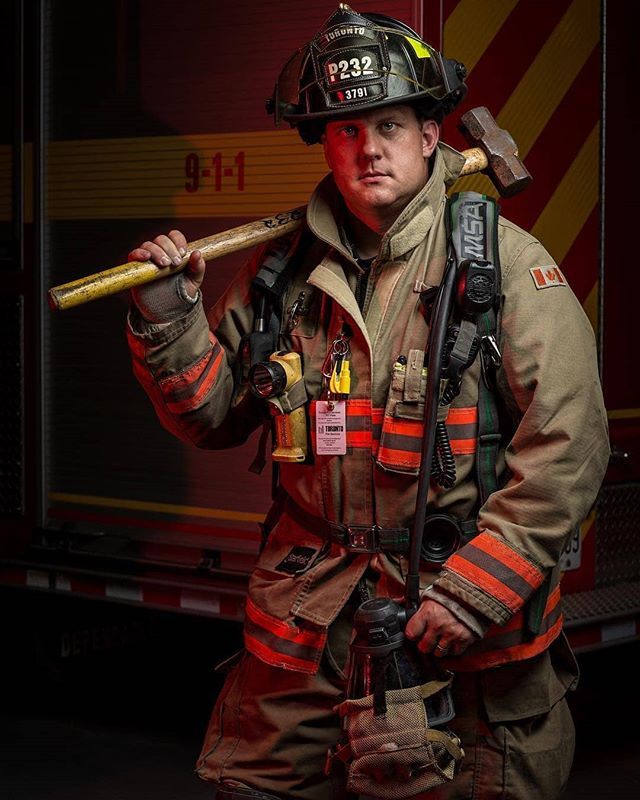 A paramedic or an emergency medical technician (EMT) are names for people who have first aid training and usually work on ambulances. Paramedics and EMTs in many places work for fire departments. Some work for other agencies such as ambulance companies or hospitals to ride on ambulances to transport sick and injured people. Fire engines sometimes go to medical emergencies if they are closer and can give first aid before the ambulance gets there. A fire truck usually carries the same equipment as an ambulance does. Search and rescue is also done by many fire departments.
A paramedic or an emergency medical technician (EMT) are names for people who have first aid training and usually work on ambulances. Paramedics and EMTs in many places work for fire departments. Some work for other agencies such as ambulance companies or hospitals to ride on ambulances to transport sick and injured people. Fire engines sometimes go to medical emergencies if they are closer and can give first aid before the ambulance gets there. A fire truck usually carries the same equipment as an ambulance does. Search and rescue is also done by many fire departments.
Firefighters have vehicles they drive fires and rescue operations. If the vehicle pumps water it is called an engine. If it does not pump water it is called a truck. A rescue truck's main job is to responds to car wrecks, collapsed buildings, search and rescue, stuck elevators and other emergencies. If it carries the fire chief to fires, it is a fire chief car. Fire engines pump water and foam which is used to put out the fire.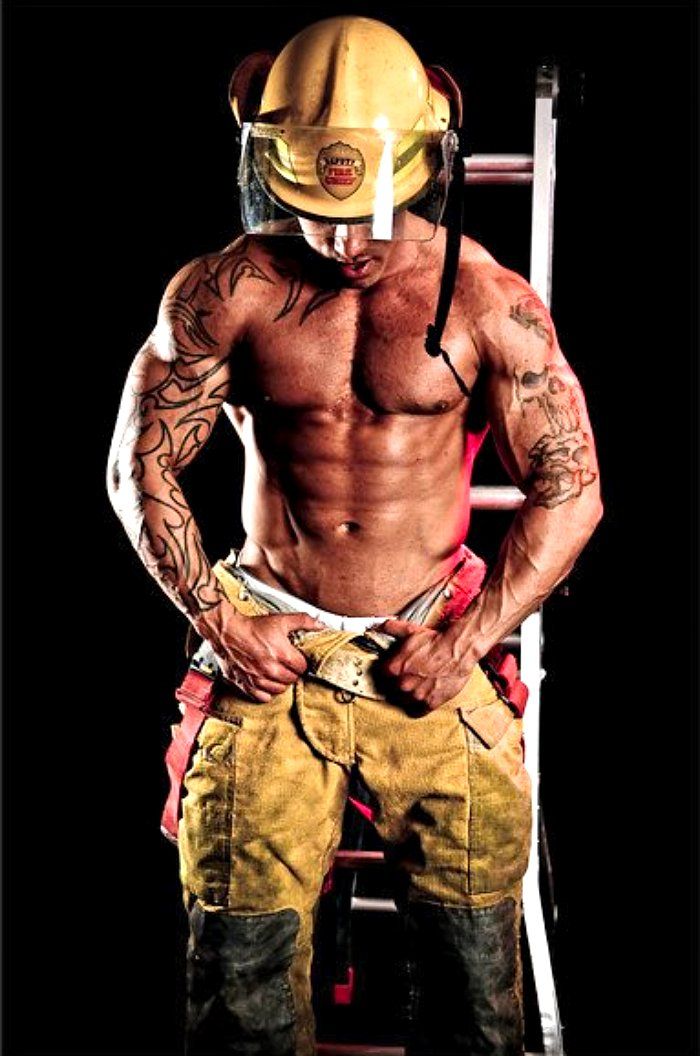 Fire trucks carry ladders and tools to help rescue people from burning buildings. Most engines carry first aid kits to help people who are injured or hurt.
Fire trucks carry ladders and tools to help rescue people from burning buildings. Most engines carry first aid kits to help people who are injured or hurt.
Firefighters must wear heavy clothing which protects them from the heat when they are fighting a fire. This is called bunker gear or turnout gear.
Contents
- Goals of firefighting
- Firefighting
- Fire prevention
- Rescue
- HAZMAT
- Images for kids
Goals of firefighting
Firefighters and fire apparatus at the scene of a factory fire in Grand Rapids, Michigan.
The goals of firefighting are (in order of priority):
- Save life
- Save property
- Save the environment
As such, the skills required for safe operations are regularly practiced during training evaluations throughout a firefighter's career. In the United States, the preeminent fire training and standards organization is the National Fire Protection Association (NFPA).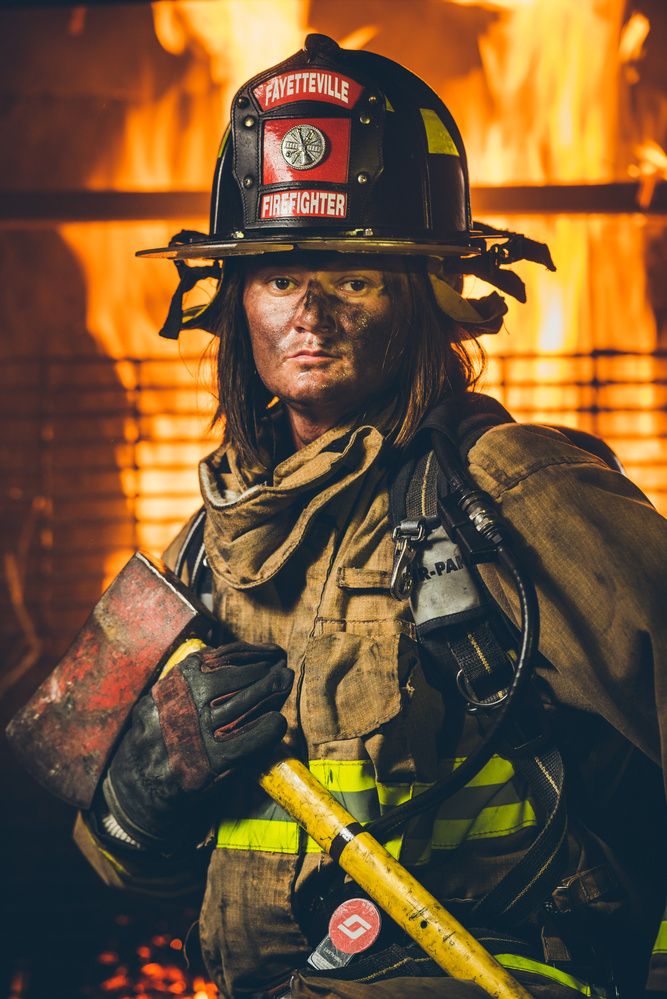 Often initial firefighting skills are taught during a local, regional, or state approved fire academy. Depending on the requirements of a department, additional skills and certifications such as technical rescue and pre-hospital medicine may also be taught at this time.
Often initial firefighting skills are taught during a local, regional, or state approved fire academy. Depending on the requirements of a department, additional skills and certifications such as technical rescue and pre-hospital medicine may also be taught at this time.
Firefighters work closely with other emergency response agencies, most particularly the police and emergency medical service, and their role may overlap with both. Fire investigators or fire marshals usually work for a fire department to investigate the cause of a fire. If the fire was caused by arson or negligence, this means that their work will overlap with law enforcement. In fact, some fire marshals in the United States have powers of arrest. Firefighters also frequently provide some degree of emergency medical service, in addition to working with full-time paramedics.
The basic tasks of firefighters include: firefighting, fire prevention, rescue, basic first aid and investigations. Firefighting is further broken down into skills which include size-up, extinguishing, ventilation, salvage and overhaul.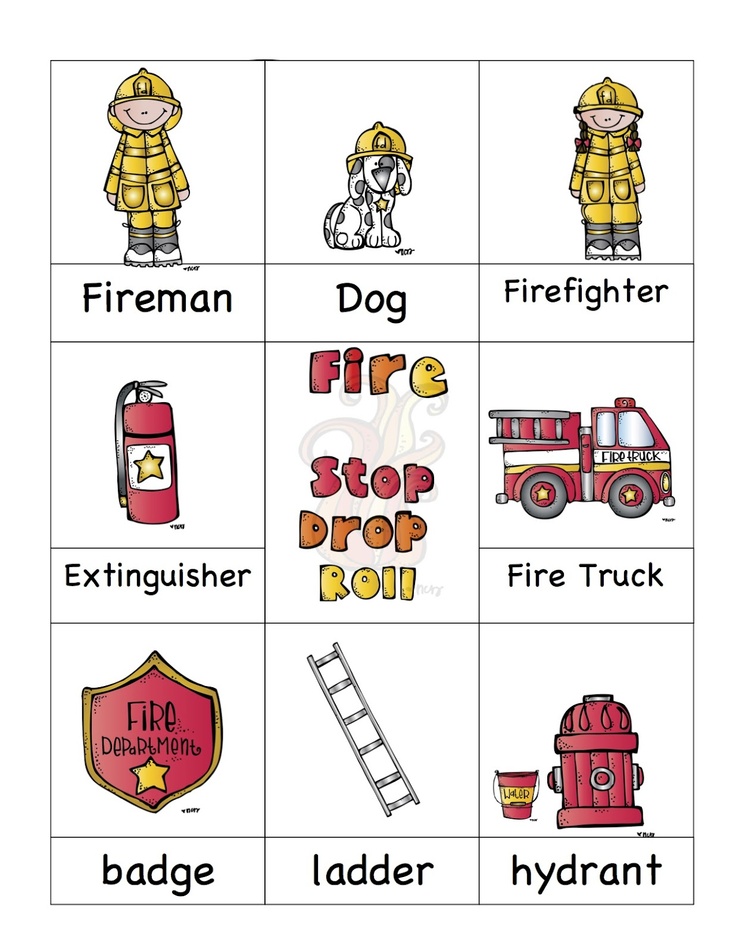 Wildland firefighting includes size-up, containment, extinguishment, and mop up. Search and Rescue, which has already been mentioned, is performed early in any fire scenario and many times is in unison with extinguishing and ventilation.
Wildland firefighting includes size-up, containment, extinguishment, and mop up. Search and Rescue, which has already been mentioned, is performed early in any fire scenario and many times is in unison with extinguishing and ventilation.
Firefighting
Firefighters had to focus their efforts on saving the adjacent church instead of this burning building, an abandoned convent in Massueville, Quebec, Canada
Firefighter carrying out a ladder slide
A fire burns due to the presence of three elements, often referred to as being the fire triangle. These are: fuel, oxygen and heat. The aim of firefighting is to deprive the fire of at least one of these elements. Sometimes this is referred to as a fire tetrahedron if a fourth element is added: a chemical chain reaction that can sustain or re-kindle a fire. Firefighters are equipped with a wide variety of equipment to accomplish this task. Some of their tools include ladder trucks, pumper trucks, tanker trucks, fire hose, and fire extinguishers. Very frequent training and refresher training is required.
Very frequent training and refresher training is required.
While sometimes fires can be limited to small areas of a structure, wider collateral damage due to smoke, water, and burning embers is common. Utility shutoff (such as gas and electricity) is typically an early priority of arriving fire crews. Furthermore, fire prevention can take on a special meaning for property where hazardous materials are being used or stored.
Structure fires may be attacked, generally, either by "interior" or "exterior" resources, or both. Interior crews, using the "two in, two out" rule, may advance hose lines inside the building, find the fire and cool it with water. Exterior crews may direct water into windows or other openings, or against other nearby fuels exposed to the initial fire. Hose streams directed into the interior through exterior wall aperturtes may conflict with and jeopardize interior fire attack crews. A proper command structure will plan and coordinate the various teams and equipment to safely execute each tactic.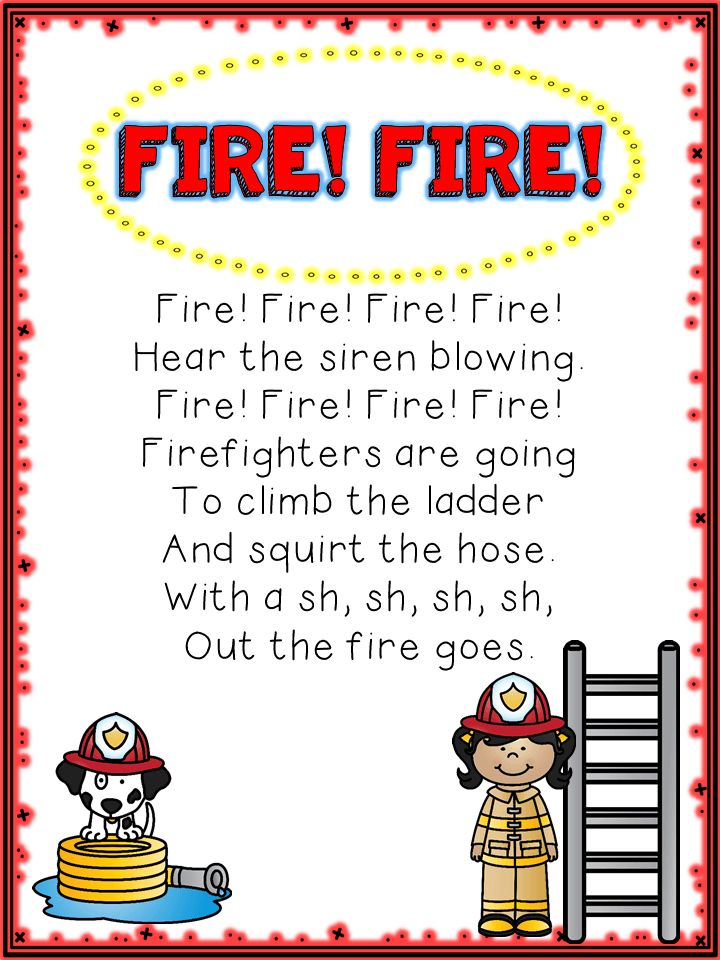
Buildings that are made of flammable materials such as wood are different from so called "fire-resistant" buildings such as concrete high-rises. Generally, a "fire-resistant" building is designed to limit fire to a small area or floor. Other floors can be safe simply by preventing smoke inhalation and damage. All buildings suspected of being on fire must be evacuated, regardless of fire rating.
Some fire fighting tactics may appear to be destructive, but often serve specific needs. For example, during "ventilation" firefighters are often forced to open holes in the roof or floors of a structure (called "vertical ventilation") or open windows or walls (called "horizontal ventilation") to remove smoke and heated gases from the interior of the structure. Such ventilation methods are also used to improve interior visibility facilitating locating victims more quickly. This also helps to preserve the life of trapped or unconscious individuals as it vents the poisonous gases from inside of the structure.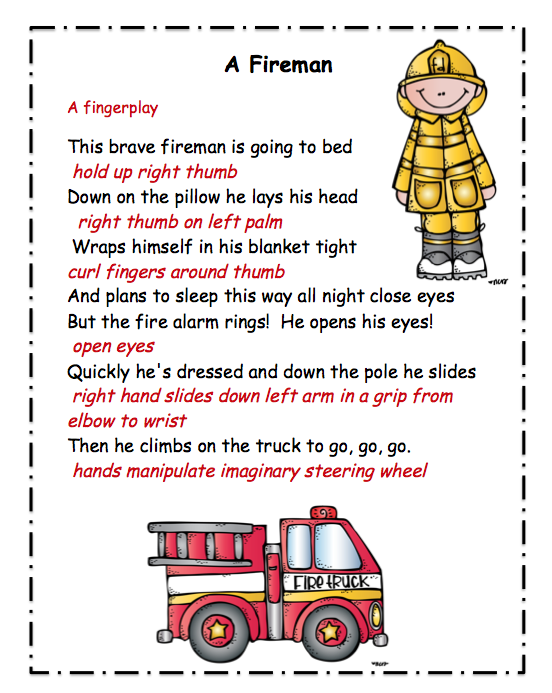 Vertical ventilation is absolutely vital to firefighter safety in the event of a flashover or backdraft scenario. Releasing the flammable gasses through the roof often eliminates the possibility of a backdraft and by the removal of heat the possibility of a flashover is reduced significantly. Flashovers, due to their intense heat (900–1200° Fahrenheit) and explosive temperaments are almost always fatal to firefighter personnel. Precautionary methods, such as smashing a window, often reveal backdraft situations before the firefighter enters the structure and is met with the circumstance head-on. Firefighter safety is the number one priority.
Vertical ventilation is absolutely vital to firefighter safety in the event of a flashover or backdraft scenario. Releasing the flammable gasses through the roof often eliminates the possibility of a backdraft and by the removal of heat the possibility of a flashover is reduced significantly. Flashovers, due to their intense heat (900–1200° Fahrenheit) and explosive temperaments are almost always fatal to firefighter personnel. Precautionary methods, such as smashing a window, often reveal backdraft situations before the firefighter enters the structure and is met with the circumstance head-on. Firefighter safety is the number one priority.
Whenever possible, movable property is moved into the middle of a room and covered with a heavy cloth tarp (a "salvage cover"). Other steps may be taken to divert or remove fire flow runoff (thus salvaging property by avoiding unnecessary damage), retrieving/protecting valuables found during suppression or overhaul, and boarding windows, roofs.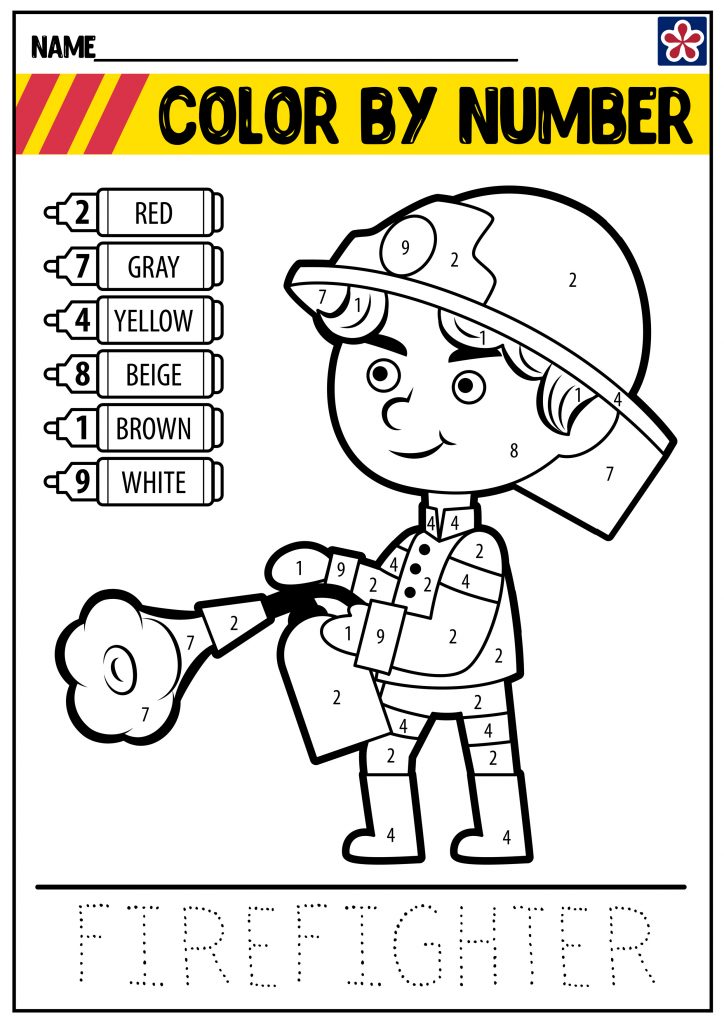
Fire prevention
Firefighters frequently give fire prevention talks at schools and community events
Fire departments frequently provide advice to the public on how to prevent fires. Many will directly inspect buildings to ensure they are up to the current building fire codes, which are enforced so that a building can sufficiently resist fire spread, potential hazards are located, and to ensure that occupants can be safely evacuated, commensurate with the risks involved.
Fire suppression systems have a proven record for controlling and extinguishing unwanted fires. Many fire officials recommend that every building, including residences, have fire sprinkler systems. Correctly working sprinklers in a residence greatly reduce the risk of death from a fire. With the small rooms typical of a residence, one or two sprinklers can cover most rooms.
Other methods of fire prevention are by directing efforts to reduce known hazardous conditions or by preventing dangerous acts before tragedy strikes.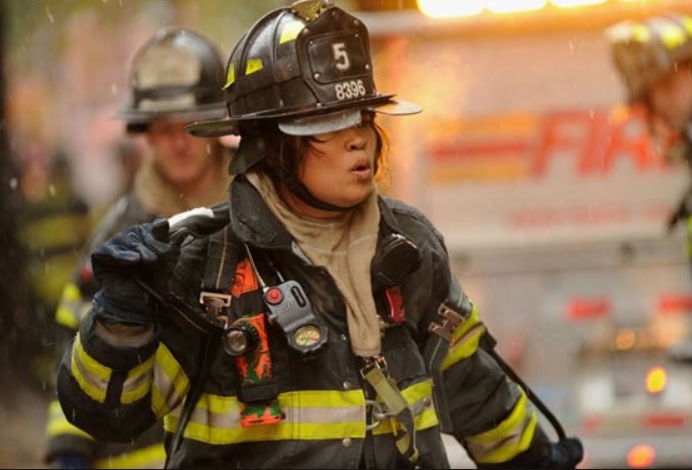 This is normally accomplished in many innovative ways such as conducting presentations, distributing safety brochures, providing news articles, writing public safety announcements (PSA) or establishing meaningful displays in well-visited areas. Ensuring that each household has working smoke alarms, is educated in the proper techniques of fire safety, has an evacuation route and rendezvous point is of top priority in public education for most fire prevention teams in almost all fire department localities.
This is normally accomplished in many innovative ways such as conducting presentations, distributing safety brochures, providing news articles, writing public safety announcements (PSA) or establishing meaningful displays in well-visited areas. Ensuring that each household has working smoke alarms, is educated in the proper techniques of fire safety, has an evacuation route and rendezvous point is of top priority in public education for most fire prevention teams in almost all fire department localities.
Rescue
The emergencies firefighters respond to are rarely limited to fires. Firefighters rescue people (and animals) from dangerous situations such as transport accidents, structural collapses, floods, terrorist incidents, spillages of dangerous substances and many others. Many fire departments, including most in the United Kingdom, refer to themselves as a fire and rescue service for this reason. As building fires have been in decline for many years in developed countries such as the United States, rescues other than fires make up an increasing proportion of their firefighters' work.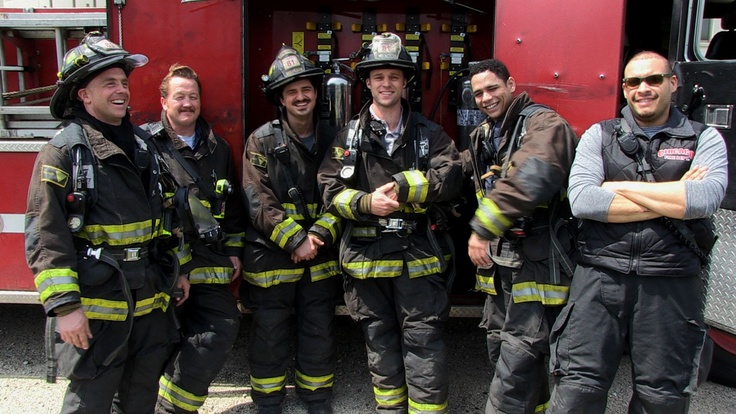
HAZMAT
Decontamination after a chemical spill
Firefighters in the United States are frequently the first responders to HAZMAT incidents. The Occupational Safety and Health Administration standard 1910.120 defines four standards of training First responder awareness level, First responder operations level, Hazardous materials technician, and Hazardous materials specialist. EMS-based paramedics are typically trained to the awareness level, whereas career and volunteer firefighters are often trained to the operations level or better. Other nations have trained only elite firefighters and rescuers to do HAZMAT so that funding and equipment could go to fewer stations. This gives departments elite HAZMAT personnel and high-grade equipment for an incident. Departments place these companies in stations where they can be very mobile.
Images for kids
-
Firefighters had to focus their efforts on saving the adjacent church instead of this burning building, an abandoned convent in Massueville, Quebec, Canada
-
A demonstration of a vehicle extrication.
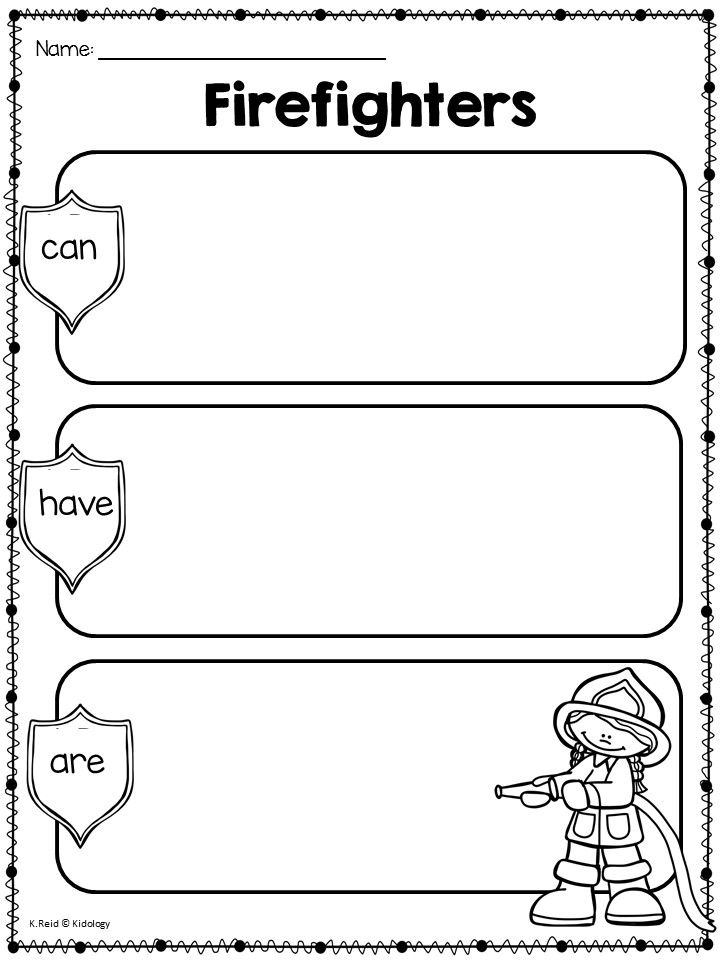
-
The Paris Fire Brigade is a French Army unit which serves as the fire service for Paris and certain sites of national strategic importance.
-
Firefighters tackling a blaze in Montreal, Canada
-
Indonesian fire fighters handling a traffic accident in Jakarta
-
New South Wales Fire Brigade station officer (red helmet) and firefighters (yellow helmets), Australia
-
A picture of American firefighters in the 1770s
-
Vancouver firemen responding to a fire alarm, Vancouver, British Columbia, Canada. Photograph taken by W.J. Carpenter in 1910.
All content from Kiddle encyclopedia articles (including the article images and facts) can be freely used under Attribution-ShareAlike license, unless stated otherwise. Cite this article:
Firefighter Facts for Kids. Kiddle Encyclopedia.
Profession "Fireman" - it sounds proud! - Interview
Government of the Russian Federation
GI websites by county Portal EMERCOM of Russia
Version for the visually impaired
Search
close Expand filters Search bywhole phrase
single words
Publication no earlier than
Publication no later than
Partition type Whole siteHeadquartersActivitiesDocumentsPress centerNews
Sort by relevance date descending date ascending
Collapse filters-
Head office
Central Federal District
- Moscow
- Belgorod region
- Bryansk region
- Vladimir region
- Voronezh region
- Ivanovo region
- Kaluga region
- Kostroma region
- Kursk region
- Lipetsk region
- Moscow region
- Oryol region
- Ryazan region
- Smolensk region
- Tambov region
- Tver region
- Tula region
- Yaroslavl region
Privolzhsky Federal District
- Republic of Bashkortostan
- Republic of Mari El
- Republic of Mordovia
- Republic of Tatarstan
- Udmurt Republic
- Chuvash Republic
- Kirov region
- Nizhny Novgorod region
- Orenburg region
- Penza region
- Perm region
- Samara region
- Saratov region
- Ulyanovsk region
Northwestern Federal District
- Republic of Karelia
- Republic of Komi
- Arkhangelsk region
- Vologda region
- Kaliningrad region
- Leningrad region
- Murmansk region
- Novgorod region
- Pskov region
- St.
Petersburg
- Nenets Autonomous District
Southern Federal District
- Republic of Adygea
- Republic of Kalmykia
- Krasnodar Territory
- Astrakhan region
- Volgograd region
- Rostov region
- Republic of Crimea
- Sevastopol
North Caucasian Federal District
- Republic of Dagestan
- Republic of Ingushetia
- Kabardino-Balkarian Republic
- Karachay-Cherkess Republic
- Republic of North Ossetia - Alania
- Stavropol Territory
- Chechen Republic
Ural Federal District
- Kurgan Region
- Sverdlovsk region
- Tyumen region
- Chelyabinsk region
- Yamalo-Nenets Autonomous District
- Khanty-Mansi Autonomous Okrug
Siberian Federal District
- Republic of Altai
- Tyva Republic
- Republic of Khakassia
- Altai Territory
- Krasnoyarsk Territory
- Irkutsk region
- Kemerovo region - Kuzbass
- Novosibirsk region
- Omsk region
- Tomsk region
Far Eastern Federal District
- Republic of Buryatia
- Republic of Sakha (Yakutia)
- Primorsky Krai
- Khabarovsk Territory
- Amur Region
- Kamchatka Territory
- Magadan region
- Sakhalin Region
- Trans-Baikal Territory
- Jewish Autonomous Region
- Chukotka AO
February 27, 2017, 10:15 am
Download original
A firefighter is one of those professions that, starting from childhood, commands great respect and well-deserved respect.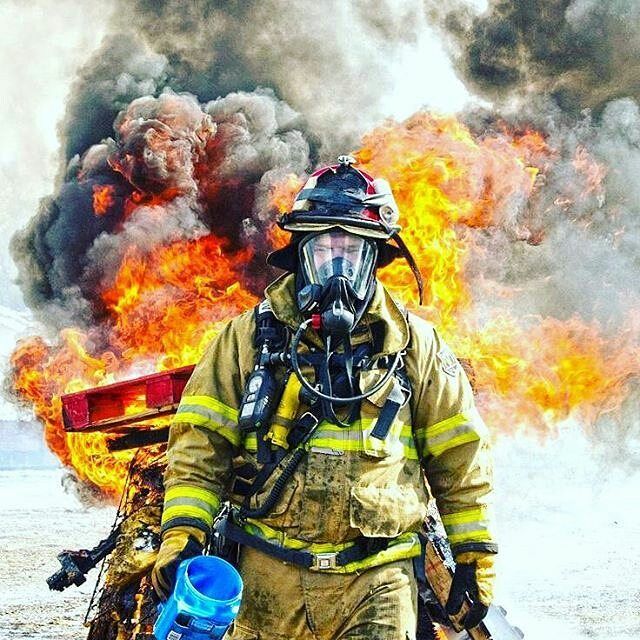 And this is not surprising, because in today's modern world, a firefighter is a dangerous profession, and requires a great sense of responsibility and nobility. Today, employees of this valiant profession stand guard around the clock to fight fire.
And this is not surprising, because in today's modern world, a firefighter is a dangerous profession, and requires a great sense of responsibility and nobility. Today, employees of this valiant profession stand guard around the clock to fight fire.
To tell about the work and profession of a firefighter, we turned to the Federal State Institution “19 Detachment of the Federal Fire Service in the Tyumen Region” to the Deputy Head of the 19th Department of Fire Protection Service Andrey Leonidovich Berezhentsev.
Andrey Leonidovich what kind of profession is this and what is its peculiarity?
The profession of a firefighter is, first of all, the risk of one's own life and health in order to save other people. This is a profession of brave, responsible and strong-willed people who are distinguished by their determination and strong character, for those who cultivate physical strength, willpower and the ability to come to the rescue in any, even the most critical situation.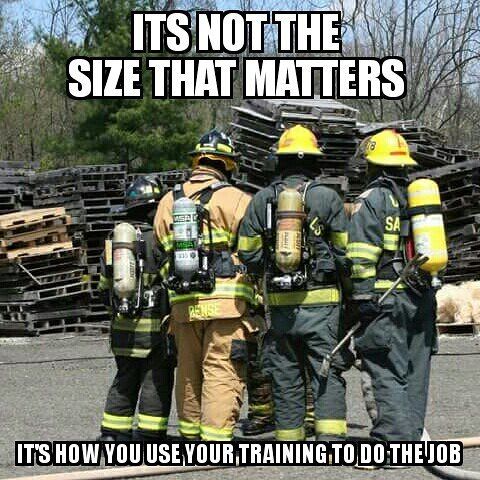
What are the duties of a firefighter?
The duties of a firefighter include saving people's lives, their property, carrying out emergency rescue operations related to extinguishing fires, as well as providing first aid to the victims. But the specificity and complexity of the work of a firefighter is not only in extinguishing fires. It is the responsibility of each firefighter to regularly check and prevent the serviceability of special fire equipment, fire extinguishing equipment and various types of rescue equipment. Firefighters constantly train and compete to consolidate and improve their professional skills and learn how to work correctly in a wide variety of emergency situations. This profession requires certain physical and personal qualities. This is, first of all, excellent physical health, excellent physical fitness and endurance. These are extremely important qualities for professional firefighter .
What do you think is the most important thing in being a firefighter?
Each person has his own understanding of the main thing, but in my opinion, a firefighter should have a sense of responsibility for the task, performance discipline, professionalism and mutual assistance.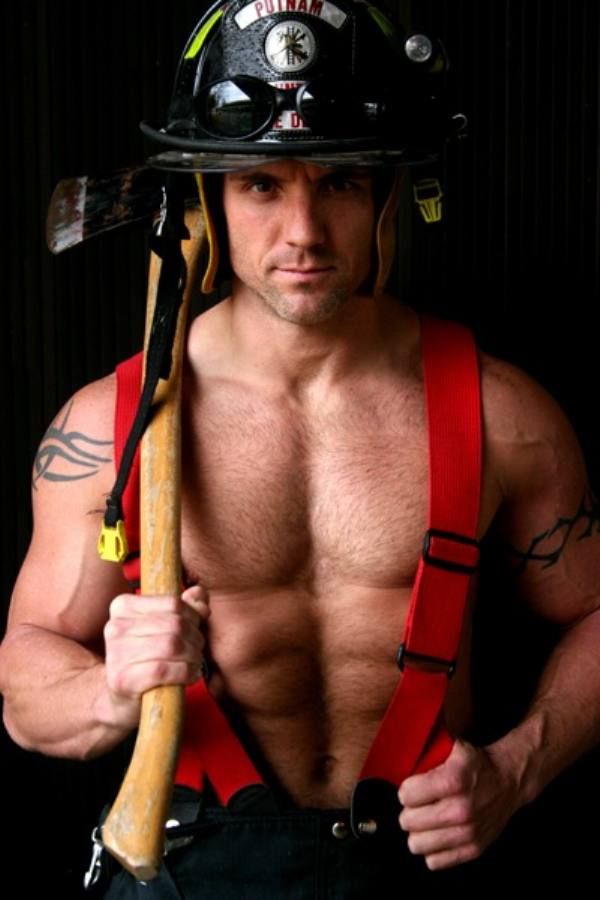
How often do people leave the fire department?
This process is quite rare. Most posts are being vacated because people are approaching the age limit for service or there is a change of residence. The main team is like a big family that has been working for many years.
Tell me, were you disappointed when you came to the service?
There are no disappointments. Service in the fire department is every day the acquisition of some new knowledge, skills, continuous improvement and work on oneself. And when you see the results of your work, you feel a sense of accomplishment for the assigned area, this is the best indicator for us.
And the last question, where can I apply to become a firefighter?
You can contact the Human Resources Department of FGKU "19OFPS in the Tyumen region "by contacting in person or by phone. Specialists will conduct a direct consultation and, in each case, taking into account all the circumstances, will provide all the necessary information.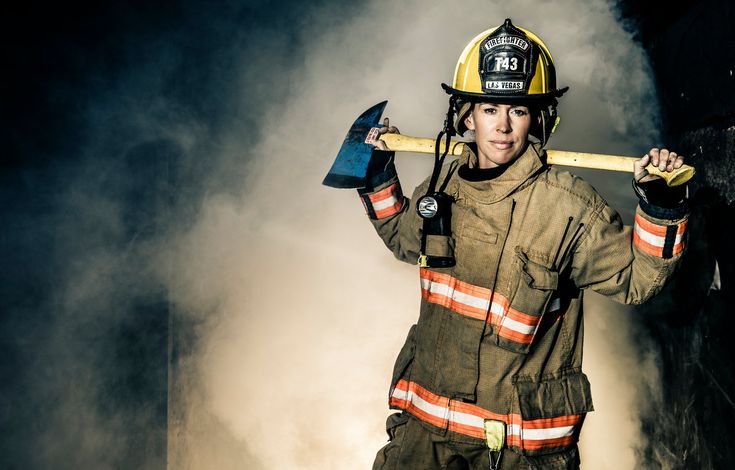
Share:
Was this article helpful?
79.4% of visitors find the article helpful
Yes No
Profession Secrets: Fireman - Profession Secrets
When talking about the profession of a firefighter, many imagine real superheroes in the best genres of American cinema. However, like all other professions, this one has its own characteristics and secrets, and even those that the firefighters themselves are usually silent about.
The profession "fireman" is very ancient and unlike all others in its own way. She is heroic. Firefighters work in an ever-changing and often unstable environment. A building on fire with people in need of rescue may lack the normal integrity of the structure, and means of access, such as stairs and elevators, may present a fire hazard. Work often causes additional stress, many situations require the use of specialized personal protective equipment. A firefighter can be called to work in a variety of emergency situations, such as traffic accidents, industrial disasters, floods, earthquakes, civil unrest, leaks of hazardous chemicals and materials, aviation and marine accidents.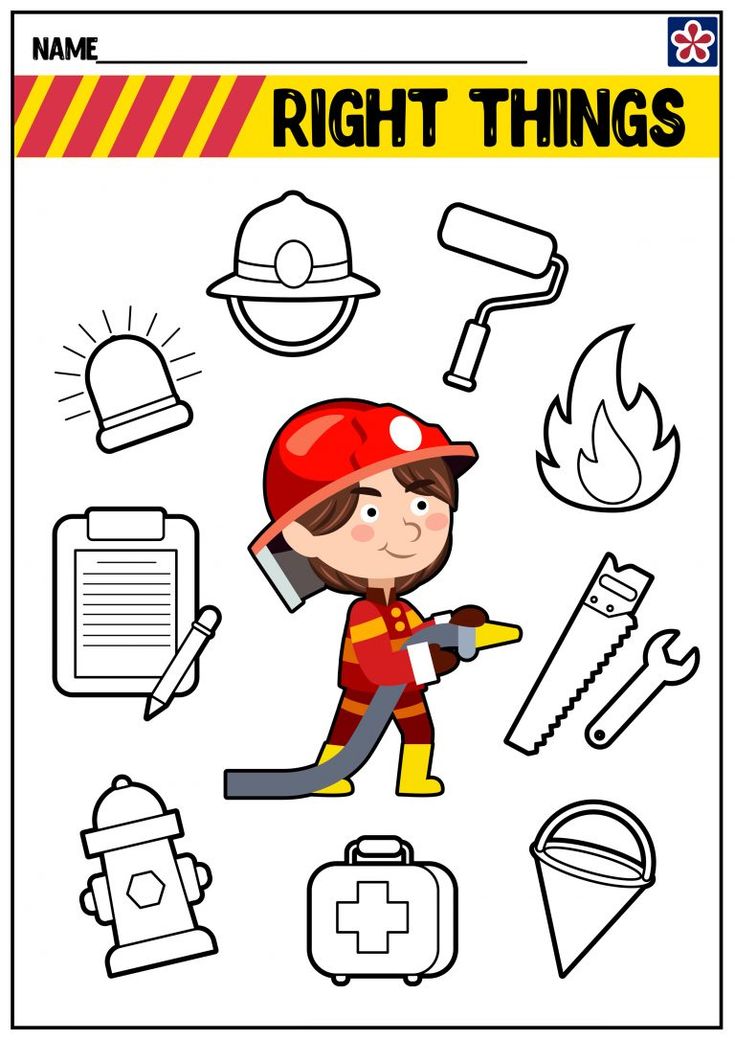
A firefighter must be brave and hardy, have excellent physical shape, and also have theoretical knowledge and practical skills in fighting fire. After all, the spread of fire through a building and across an open area is a whole science of great importance, since the lives of people and the safety of wildlife depend on it. It is no coincidence that the profession of firefighters can be safely classified as one of the most dangerous in the world. Often these people themselves become victims of the fire with which they came to fight.
This is a noble profession. It requires not only the ability to climb a retractable ladder, use a gas mask, move in thick smoke, but the most difficult thing is to be ready to risk your life at every moment to save the life of a person who has suffered in a fire.
It is impossible to forget the feat of firefighters at the Chernobyl nuclear power plant in 1986. This accident showed once again that the firemen with honor passed a serious examination of maturity, averted misfortune from hundreds of thousands of people, while showing heroism and courage.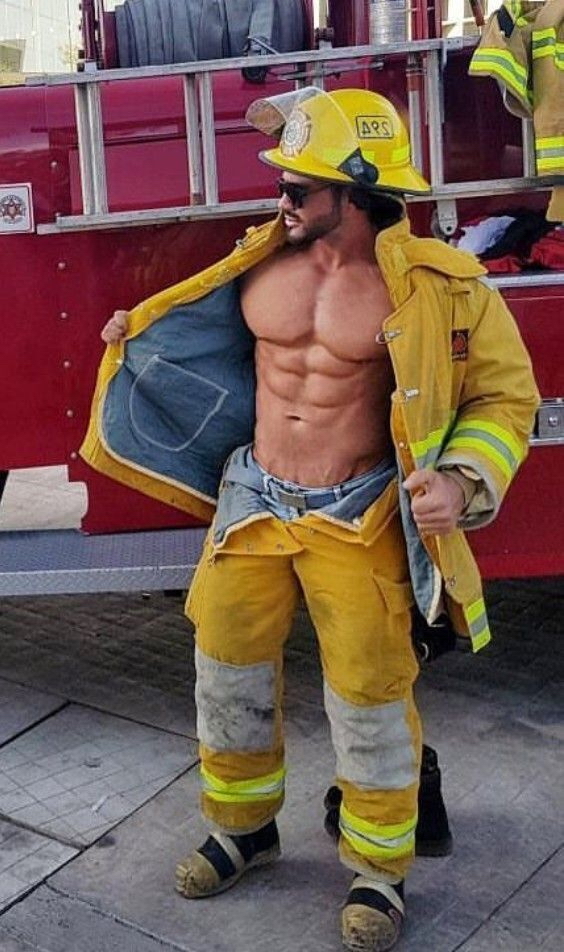 The first to arrive at the reactors in a few seconds, on alarm, were precisely the firefighters from the nuclear power plant guard, headed by the head of the guard, Vladimir Pravik. His squad was the first to step into the line of fire. They are heroes! What they did is a feat! They rushed to save the station and people, not thinking about their lives. They were clearly aware of the danger, but like real warriors they did not spare themselves, and yet they were not even thirty. They gave their lives for the lives of thousands of people living near the accident.
The first to arrive at the reactors in a few seconds, on alarm, were precisely the firefighters from the nuclear power plant guard, headed by the head of the guard, Vladimir Pravik. His squad was the first to step into the line of fire. They are heroes! What they did is a feat! They rushed to save the station and people, not thinking about their lives. They were clearly aware of the danger, but like real warriors they did not spare themselves, and yet they were not even thirty. They gave their lives for the lives of thousands of people living near the accident.
I know that a firefighter is not just a profession, it is the ability to come to the rescue at the right time, feel compassion, feel pain and empathize with people caught in a fire. You can't learn it, you have to be born with it. Therefore, I bow to the daily feat of such people, admire their boundless courage, try to follow their example and in the future I want to master the profession of a firefighter. Because I believe that the profession of a firefighter is one of the most important on earth!
Fireman - heroic profession
A firefighter is a member of the fire department who rescues people from fires and puts out fires.
After arriving at the scene, the fire brigade, first of all, evacuates people. The commander decides where to start extinguishing, where to put the lifting mechanism, outlines the extinguishing tactics, assesses the complexity of the fire, finds out whether additional equipment and fire brigades are needed.
Departure to the fire is strictly organized down to the second. After the alarm is received by the fire department, employees are given only 20 seconds to put on special clothes. In most cases, the car arrives at the place of call in five minutes.
The profession of a firefighter is very risky, because every time an employee goes to a distress signal, he risks his health and even loses his life. Rescuers and firefighters are doing heroic work. And this should be appreciated.
In order to become a fire safety officer, you need to have such qualities as:
- a strong nervous system,
- agility and physical strength,
- desire to help people,
- courage,
- good reaction,
- mutual assistance,
- quick wits,
- discipline,
- the ability to take responsibility.

Thus, we can conclude that the profession of a firefighter is very dangerous, which requires psychological and physical stress and which can only be entered after special training.
Choosing a profession is a very responsible task. We hope that the article about the profession of a firefighter will help you decide in this difficult matter. It will also help you understand why you chose this particular profession, and not some other.
And then in the future the world will see new firefighters and rescuers who will sincerely love their profession. Will develop in it. And they will be able to save hundreds of people and their property. Also, this article will help prepare an essay, essay or presentation about the profession.
13 Essential Trade Secrets:
1. We do more than just fight fire
We are also responsible for floods, leaks of dangerous substances and even terrorist attacks.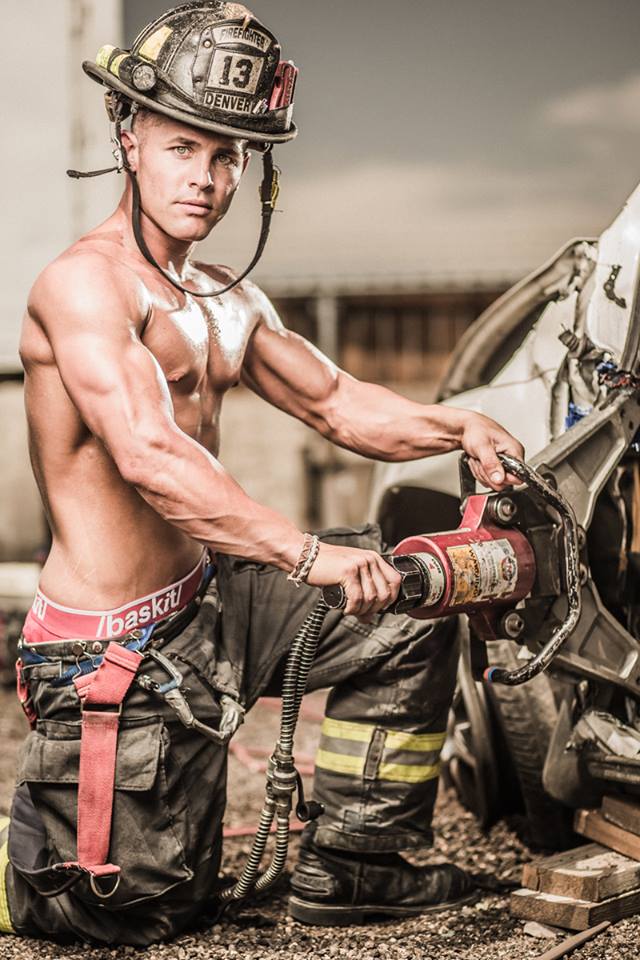 This means that we must be professionals in every sense of the word (including the ability to use boats and speedboats).
This means that we must be professionals in every sense of the word (including the ability to use boats and speedboats).
2. There are more than just men among us
You don't have to be a big, buff guy to do your job, especially since carrying most of the equipment is now much easier than it used to be. The service of women in the ranks of firefighters is actively supported by the leadership.
3. You will never forget how you saved your life for the first time
You are overwhelmed with emotions of euphoria and satisfaction from saving a person. It is a strange feeling when a rescued person is taken away from you and immediately sent to the nearest hospital, and you will never know his further fate.
4. You will forever remember your first real fire
We practice endlessly in training buildings where fire conditions are simulated until it becomes a habit (like riding a bicycle). However, nothing can prepare for a meeting with a real fire. It's a crazy and scary adrenaline rush.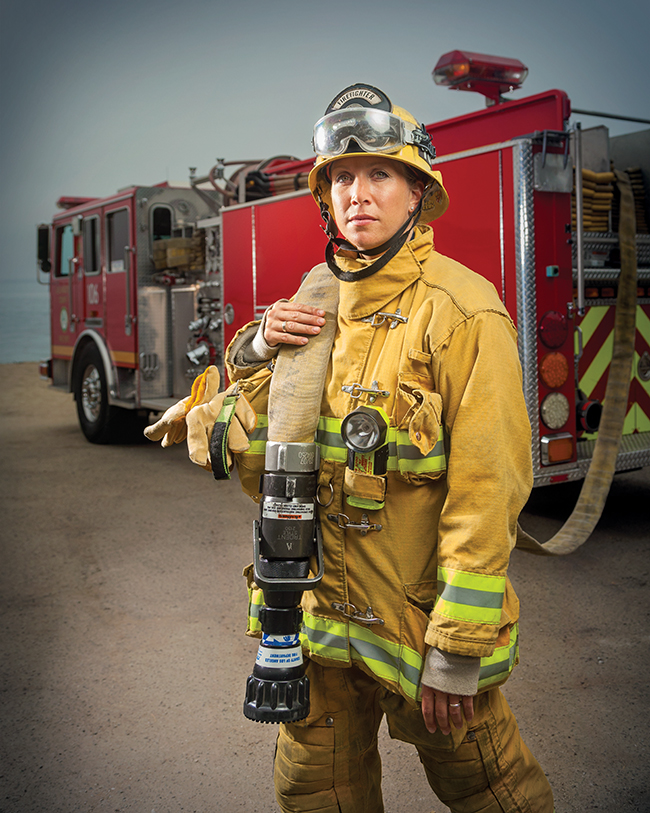
5. It's really hard to describe what it's like to be inside a burning building. body. In short, it's messy, hot, loud and intimidating.
6. Besides, we can't see anything at all
Movies always show bright flames that light the way for the protagonist. In fact, there is pitch darkness and thick smoke, you can only navigate by touch, but try to do this with heavy gloves.
7. We are often called by people who are in a difficult situation
You will also be surprised how often we have to free people who find themselves in a difficult life situation.
8. This is not a myth: we really save cats from trees
Not to mention dogs stuck in manholes, cows in ditches, horses in wells, and squirrels in drains.
9. Employees are like a second family to us
Difficult situations form a close bond between our employees. We get to know each other's families and join birthday parties. We even spend weekends together. The camaraderie really helps us get through every shift.